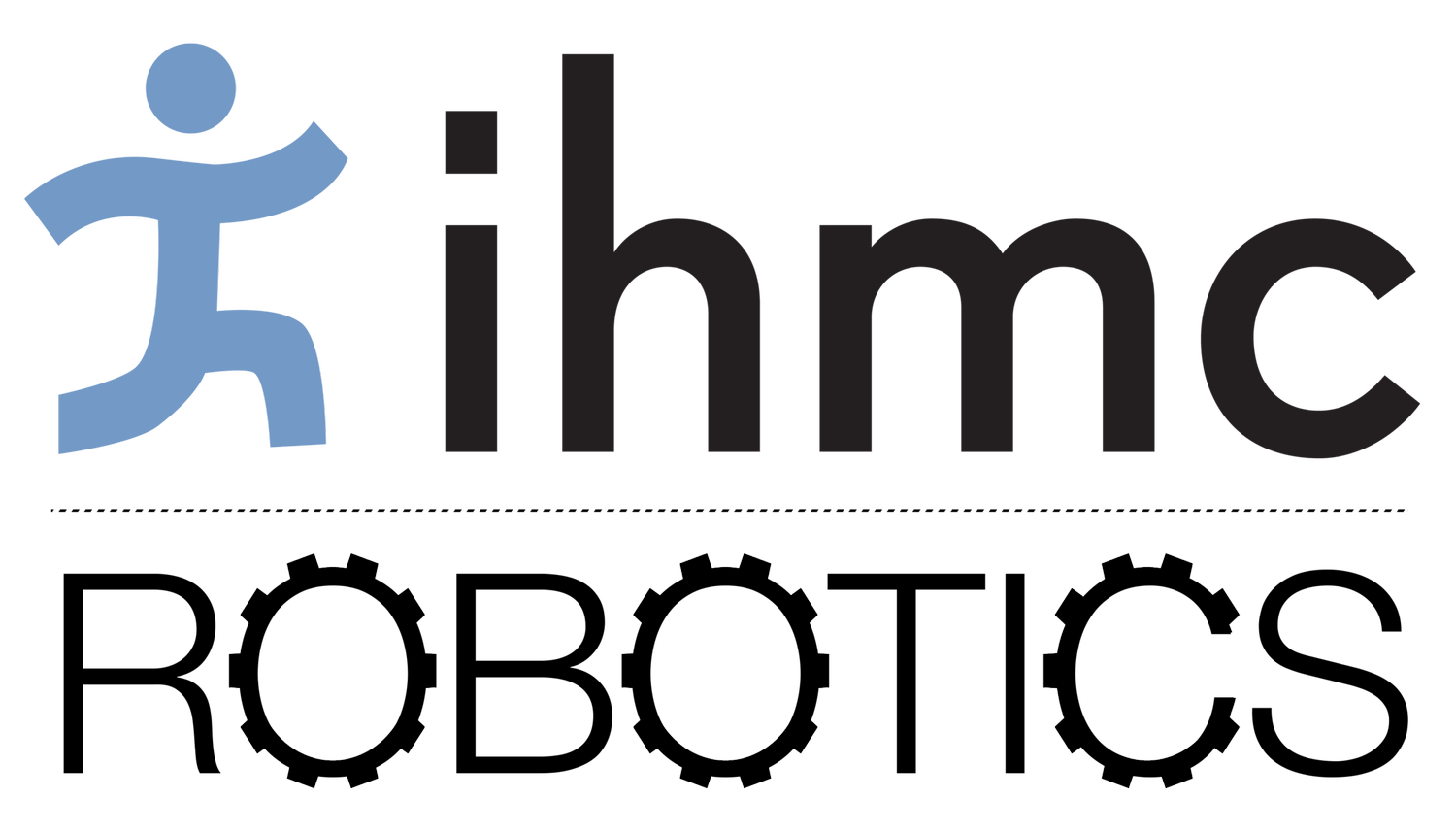We are seeking contributions of late breaking results and posters that address the physical design of reliable humanoid robots. If you think your results fit with one of the topics below, please submit your contribution here by November 24th for potential inclusion at our workshop!
Topics
Systems-level design of humanoid robots
Humanoid robots represent an incredibly complicated system, and no single part can be treated in isolation. Their design requires a systems level approach. However, this encompasses such a vast undertaking and range of areas of technical expertise that it is significantly daunting. Insights into how to set design specifications for the entire system, how to decide between the trade offs between certain design decisions, and how to determine the overall approach to be taken are critical to advancing the fields capability to design successful platforms.
Passive components (series/parallel spring), additional actuation (waist, toe), parallel actuation
The integration of passive components like series or parallel springs improves energy efficiency and relieves design challenges. Additional actuated joints, such as the waist and toes, offer better agility and versatility. However, it is challenging to justify when and where to use, as well as to employ successfully.
Design of joints and linkages to achieve high ranges of motions
A wider range of motion allows humanoid robots to behave in a human-like manner. However, it is tough to achieve a wider range of motion without hurting structural integrity or increasing mechanical complexity. Design of ingenious joints and linkages may greatly relieve these issues.
Importance and design of low-backlash joints
Low-backlash joints and actuators lower the risk of premature or delayed contacts and improve kinematic accuracy of the robots state estimate. Despite the disadvantages of low-backlash design such as larger friction or complexity, the inclusion of these designs is often critical to the long-term success of the robot, both for controls and task execution. However, this raises several questions - which joints are most critical to have low-backlash? Are there designs that are capable of achieving low-backlash without the trade offs? The initial design may have low-backlash, but how is this maintained over the life cycle of the robot?
Co-Design / parallel engineering of mechatronics and controls
The design of both the mechanical and control systems for humanoid robots are intrinsically linked, but often performed in isolation. However, the recent rise in popularity of co-design techniques seeks to bridge this gap, viewing the total robot performance as a function of both the controller and mechanical system. This has also driven a rise in the use of data driven approaches for mechanical and co-design. The ability to leverage computational resources make provide significant advancements to the performance of the combined mechanical and control system, while decreasing the sensitivity of this system to single points of failure.
Iterative design / optimization
Humanoid design involves numerous design goals and constraints, such as achieving natural and efficient movement, maintaining structural integrity, or securing sufficient range of motion. These multifaceted requirements often demand systematic and iterative design iterations with specific choices of optimization techniques.
Actuation selection and design
The evolving demand for more capable humanoids presents a complex challenge in actuation selection and design. The choice of actuators is influenced by various factors such as performance requirements, usage scenarios, maintainability, cost, etc.
How to specify design objectives for the whole robot?
Specifying design objectives entails setting clear and comprehensive goals for the robot's performance, safety, and functionality. These objectives encompass mechanical, electrical, and software components, guiding the design process to meet the intended applications and tasks effectively.
What role will soft robotics play in the future of humanoids?
Soft robotics introduces compliant and flexible actuators and sensors, enabling robots to interact with their environment and humans more safely and naturally. Their potential of greater adaptability, safety, and collaboration capabilities may offer new opportunities to future humanoids.
Sensor selection
The selection of the right sensor can make or break the quality of the platform, with challenges including encoder resolution and placement, selection and placement of the right IMU, and even whether or not to include joint-level encoders. This is then further complicated by wire-routing for these sensors, and software drivers to appropriately read the sensor measurements. While the inclusion of many sensors is often initially preferred, this introduces significant complexity for both the physical design, the sensor fusion, and even the robot reliability, while also increasing the overall platform cost and ability to be productized in the long term.
Materials selection for weight, stiffness, and durability
The selection of materials must balance considerations such as weight, stiffness, and durability. Careful material choices in the construction of the robot's structural components are crucial to optimize its performance and longevity while minimizing weight and ensuring it can withstand operational demands.
What is the importance of the right connector selection, and how do you do it?
Connector selection plays a critical role in ensuring reliable electrical and mechanical connections within the robot. We are looking for insights and guidance on the selection process, considering factors like signal integrity, robustness, and ease of maintenance.

